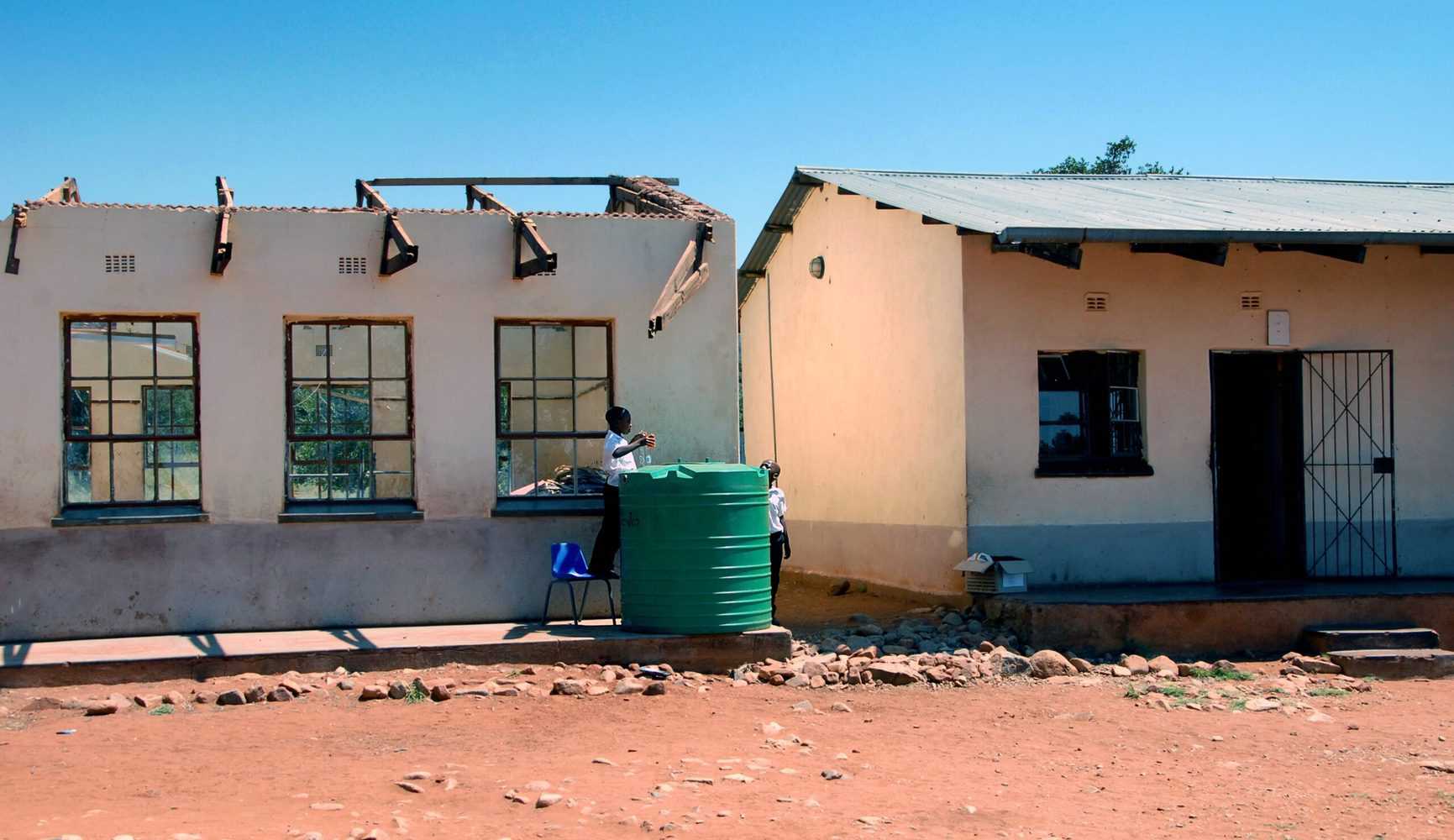- We have already introduced the concept of critical path analysis and how we can use it to manage projects
- Here we will look at how you use critical path on a hypothetical project where your school is building a new block for Upper Sixth Business Studies students
- The following steps would be involved in drawing the diagram.
- Identify the tasks involved in the project:
- Obtain permits
- Clear the land
- Pour foundation
- Construct walls and roof
- Install plumbing and electrical systems
- Finish with interior design
- Landscaping
- Determine the dependencies between tasks:
- Pour foundation can only start once the land is cleared
- Walls and roof can only start once the foundation is poured
- Plumbing and electrical systems can only start once the walls and roof are completed
- Interior design can only start once plumbing and electrical systems are completed
- Landscaping can only start once the building is completed
- Draw the network diagram:
- Nodes represent each task and are labelled with their names
- Arrows represent the dependencies between tasks
- Calculate the earliest starting time (EST) and latest finishing time (LFT) for each task:
- EST is the earliest time at which an activity can begin, based on the completion of all preceding activities.
- LFT is the latest time by which an activity must be completed in order to avoid delaying the entire project.
For example:
- Obtain permits: EST 0, LFT 5
- Clear the land: EST 5, LFT 10
- Pour foundation: EST 10, LFT 18
- Construct walls and roof: EST 18, LFT 26
- Install plumbing and electrical systems: EST 26, LFT 32
- Finish with interior design: EST 32, LFT 38
- Landscaping: EST 38, LFT 44
- Calculate the float for each task:
- Float is the amount of time that an activity can be delayed without delaying the entire project.
- Float is calculated as the difference between the LFT of the next task and the duration of the current task.
For example:
- Obtain permits: float 5
- Clear the land: float 2
- Pour foundation: float 8
- Construct walls and roof: float 6
- Install plumbing and electrical systems: float 6
- Finish with interior design: float 6
- Landscaping: float 0 (no float as it is the last task)
- Identify the critical path:
- The critical path is the sequence of tasks with zero float.
- In our example, the critical path is: Pour foundation -> Construct walls and roof -> Install plumbing and electrical systems -> Finish with interior design.
By following these steps, we can draw a network diagram and identify the critical path for a project using critical path analysis. This can help project managers allocate resources effectively, reduce the risk of delays and cost overruns, and ensure that the project is completed as planned.




